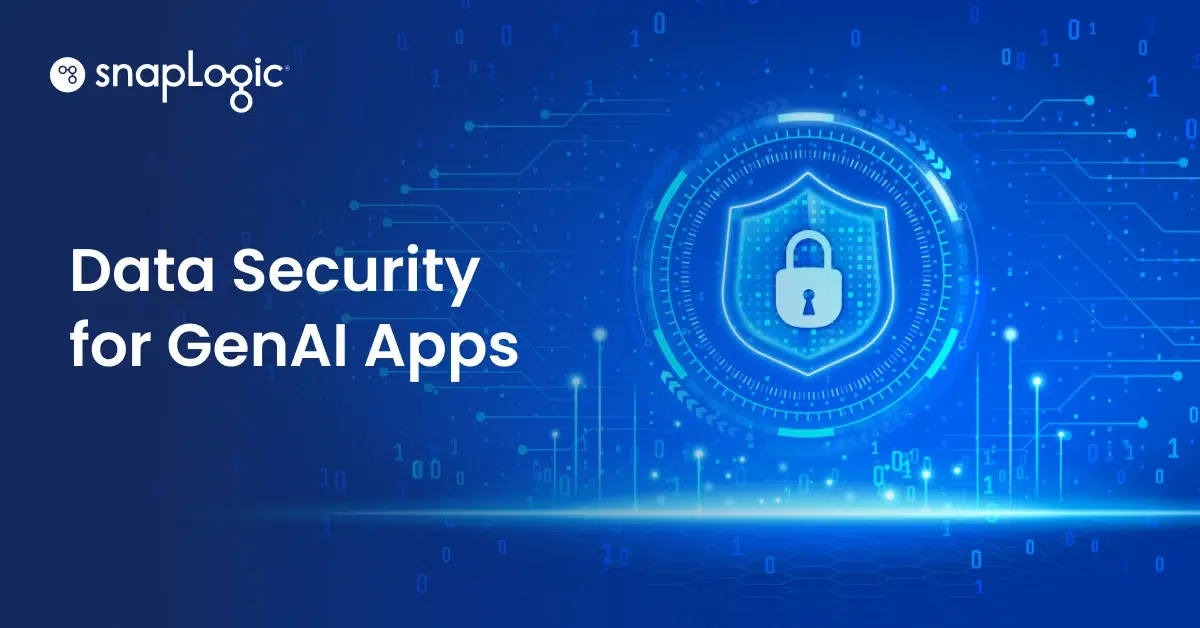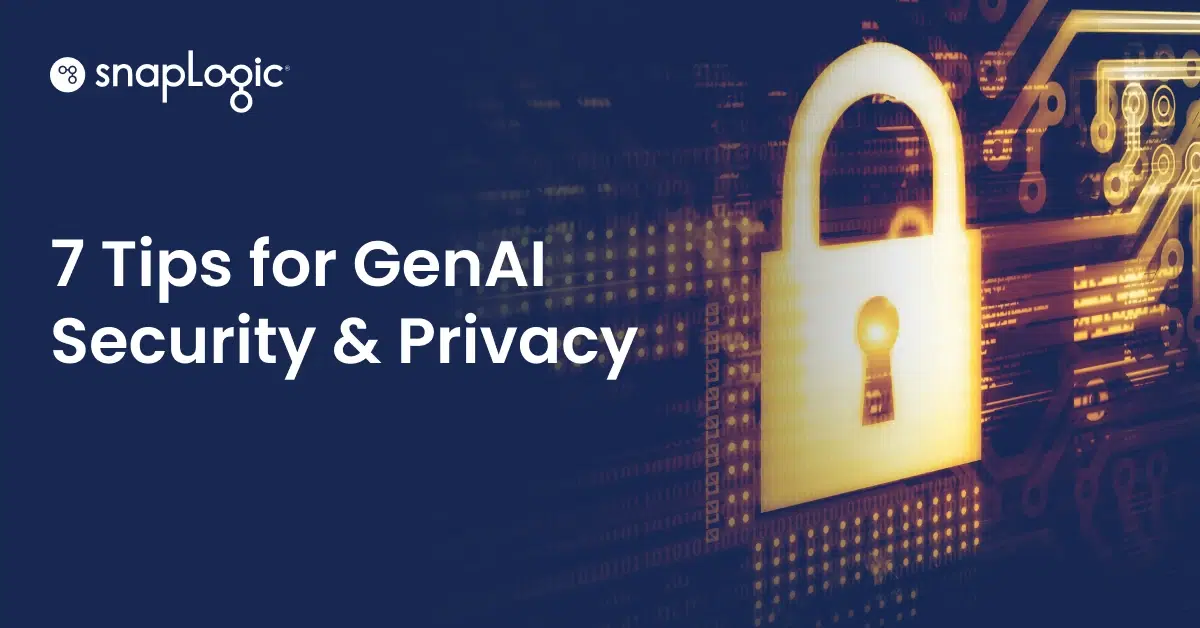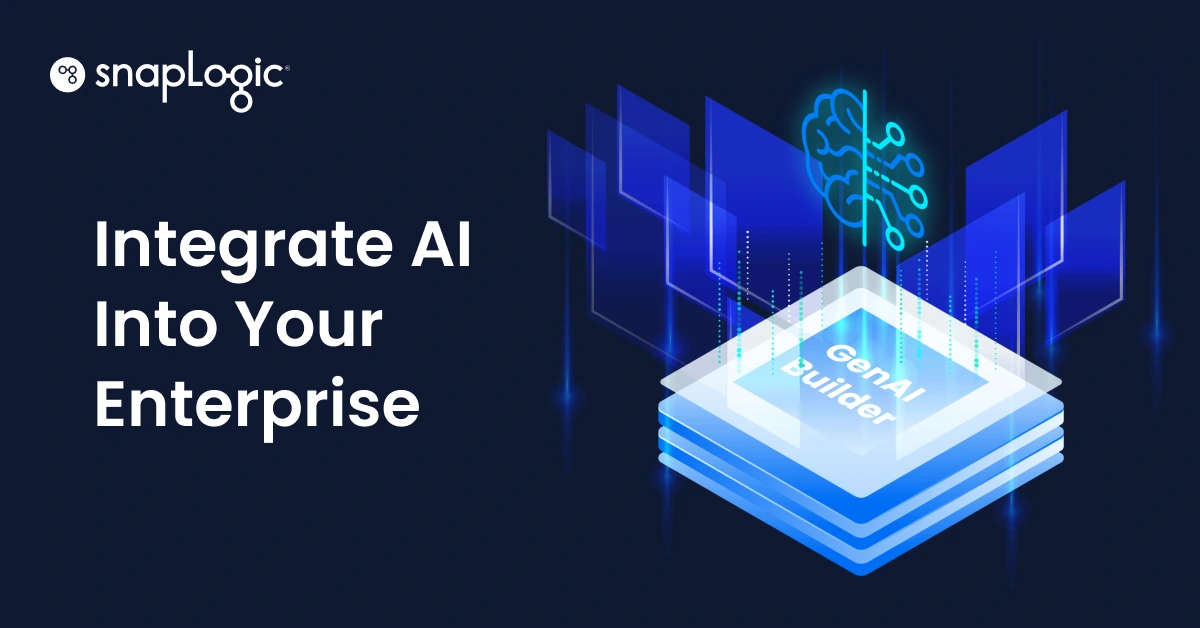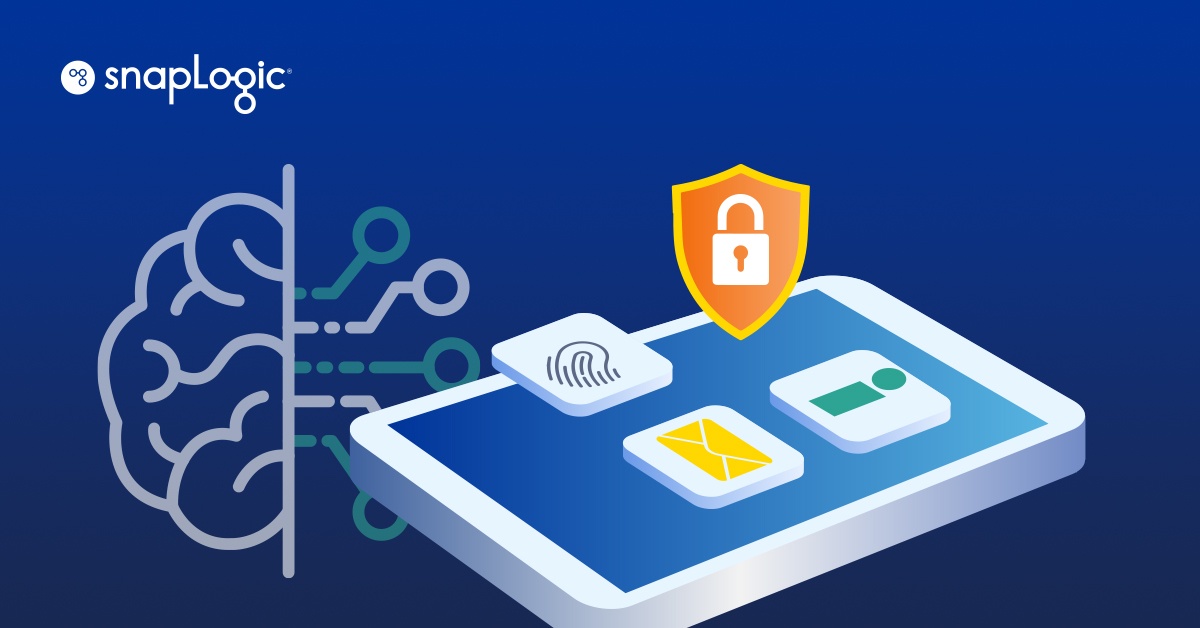The rise of Generative AI (GenAI) applications presents both incredible opportunities and significant challenges, particularly regarding data privacy and security. As we leverage the power of GenAI, addressing specific concerns related to handling sensitive data is essential. Here are four focused strategies to ensure data privacy and security in GenAI applications.
1. Understand data flow and risks
Understanding the data flow is critical when developing GenAI applications. This includes knowing where data is coming from, how it is processed, and where it is stored. For instance, sending data to public Large Language Models (LLMs) can expose sensitive information if not properly handled. Thus, a thorough risk assessment of each data-handling step is essential.
2. Anonymize data before sending to LLMs
One of the most effective ways to protect user data is to anonymize it before sending it to public LLMs. This involves stripping data of personally identifiable information (PII) and any other sensitive attributes that could potentially be used to re-identify individuals. Data obfuscation tools and techniques such as tokenization, data masking, and generalization can be used to anonymize data effectively.
3. Store content in private vector stores
If you are concerned about directly feeding large amounts of raw data to public LLMs, even from trusted hyperscalers, because they are so new, consider storing sensitive content in private vector stores. Vector stores turn content into a vector representation, making it easy to perform similarity searches to retrieve relevant content later. The retrieved information can then be anonymized before sending to LLMs. This approach minimizes the volume of data shared with LLMs, significantly reducing security and privacy risks.
4. Control access to vector stores
Access to private vector stores should be tightly controlled. Implement role-based access control (RBAC) and multi-factor authentication (MFA) to ensure that only authorized personnel can access the stored embeddings. Regular audits and access reviews can help maintain the integrity and security of these vector stores.
In addition, you should follow proven best practices for securing data, such as encrypting data in transit and at rest, conducting regular security audits and vulnerability assessments, and implementing continuous monitoring and incident response.
The strongest security practices require modern tools
Building GenAI applications presents unique data privacy and security challenges, especially when dealing with sensitive data and public LLMs. By prioritizing anonymization, using private vector stores, and implementing robust encryption and access controls, we can protect user data while harnessing the full potential of GenAI. At SnapLogic, we are committed to educating and helping our customers adopt these best practices, ensuring that the applications they develop using GenAI App Builder Are both innovative and secure.
By incorporating these measures, we can create a future where GenAI applications drive innovation without compromising on data privacy and security. Let’s lead the way in creating a safer, more secure digital world.








